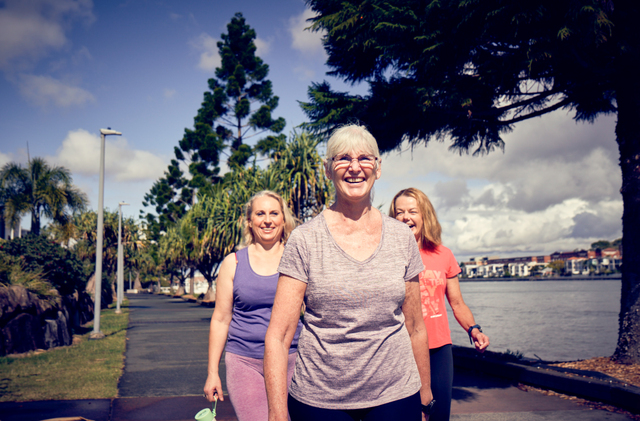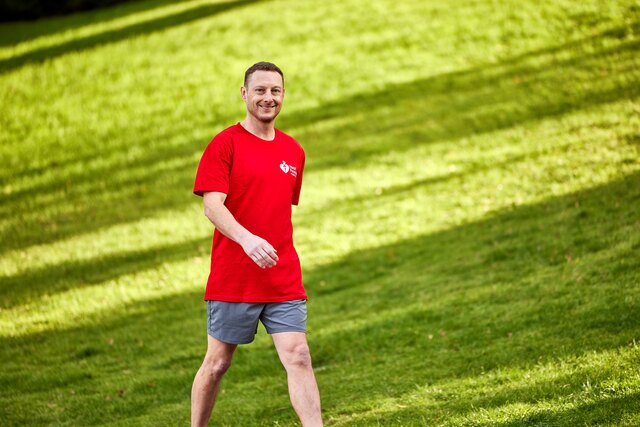We often feel our legs firing up as we walk, but your muscles are working in ways you might not expect. Here are three muscle groups which help you walk and benefit from regular exercise.
Glutes or the muscles of the buttocks
It’s no surprise that the largest glute muscle, gluteus maximus, is involved in walking. It helps extend the leg and is responsible for slowing motion down as our foot strikes the ground
The smaller gluteus medius and minimus muscles, which are located deeper in the hip, work to pull the leg away from the body and help control the position of the pelvis. During walking they have an important role in keeping the pelvis stable when our body weight is on one leg.
The back muscles
The erector spinae muscles run either side of the spine from the base of the skull down to the pelvis. They help us to stand up from a crouched position, lean back and stabilise the spine during motion. During walking, the erector spinae muscles work to control the movements of the trunk.
The abdominals
This group of muscles is between the ribs and sternum and extends down to the pelvis – and includes the muscle commonly referred to as the ‘six-pack’. These muscles help rotate the body and help us to sit from lying. Much like the back muscles, the abdominal muscles help control the movement of the trunk during motion.
These tips will help you engage your muscles correctly to get the most out of your walks
• Walk tall and keep your spine long
• Keeping your eyes on the path in front of you rather than looking down will reduce the pressure on your neck.
• Gently swing your arms forward and backwards like a pendulum from the shoulders as you walk.
• Aim for a soft landing as you roll from the heel onto the rest of your foot.
Walking is an excellent exercise to work a variety of muscles, and your body will thank you for getting out and hitting the walking tracks regularly!









